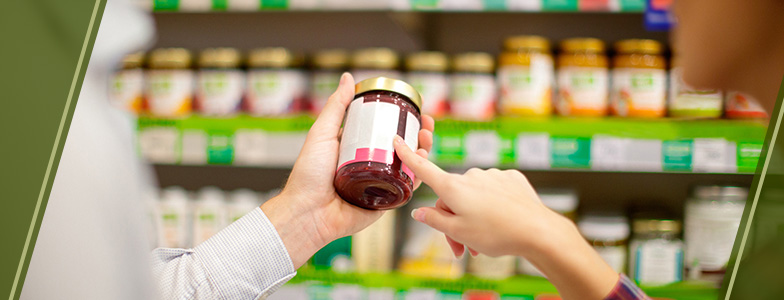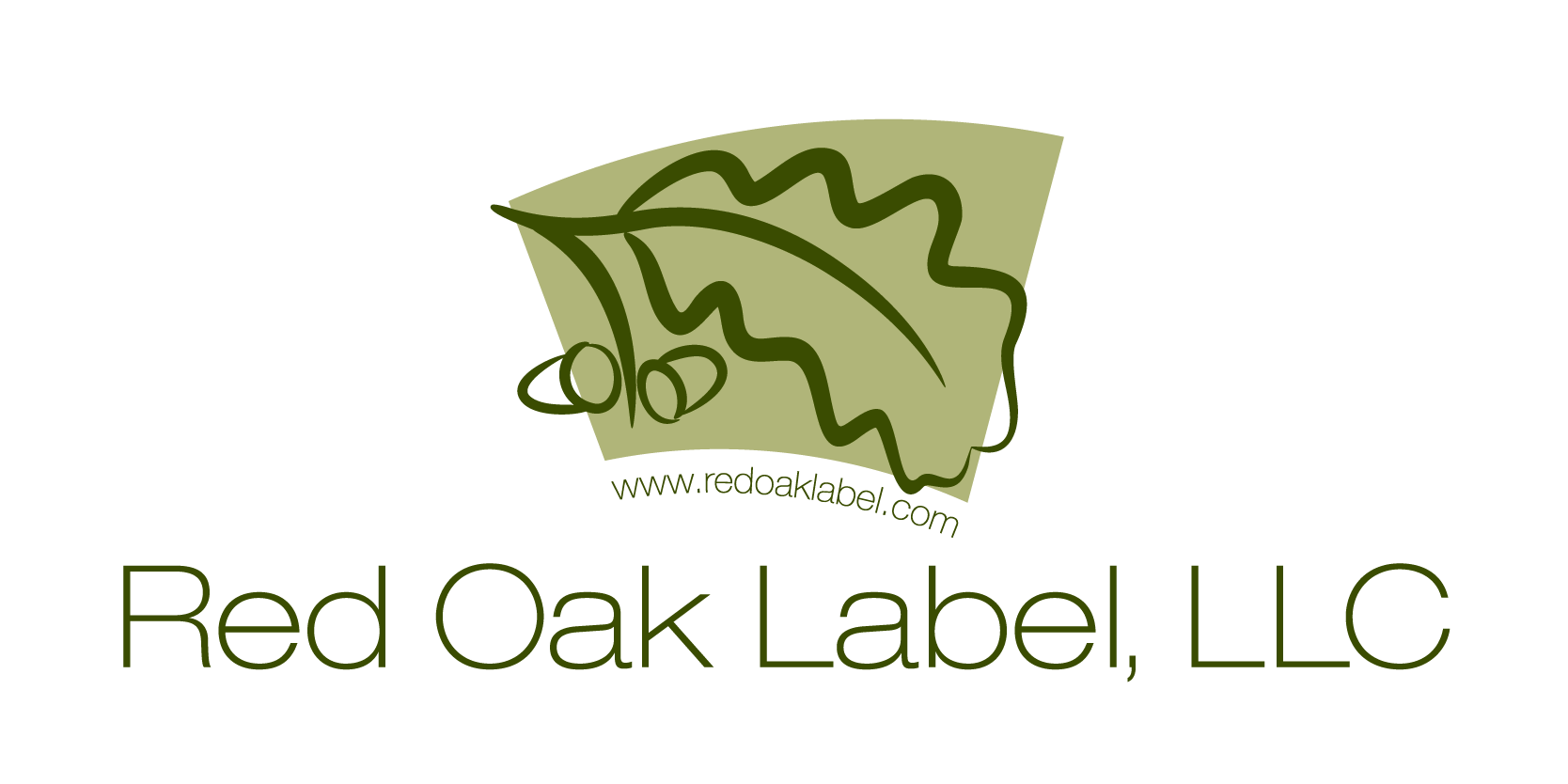
Proper labels for food products are important. The U.S. Food and Drug Administration (FDA) oversees requirements for labels on most food products, but there’s more to food labels than the nutrition and allergy information and ingredient list. A professional food label manufacturer knows the requirements for your packaging and can create a design that makes your products stand out on shelves.
The following guide will help you navigate the various food label requirements to offer the best value to your customers.
Requirements for Food Labels
If you sell any edible goods, you know how important it is to include labels. While a simple cellophane wrapper might cut it at the church bake sale, you’ll need to have a complete food label for your products to comply with regulations and keep customers safe. While the FDA does not require labels for fish and produce, food labels are required for most prepared foods, including:
- Cereals
- Bread
- Canned foods
- Frozen foods
- Drinks
- Desserts
- Snacks
If you sell edible goods, consider the following requirements and recommendations for food labels:
Ingredient Lists
Customers want to know what they’re consuming, so ingredient lists are essential for your food labels. Generally, ingredients are listed in descending order by weight. You should include all food components, preservatives, flavorings, concentrates and colorings in your ingredient list.
You can also use your food label to highlight any special ingredients you want to promote. For example, if you sell organic baked goods, you might state on the front of the label that you use free-range eggs to attract more interest to your ethical production practices.
Nutrition information is not required for all food labels if you qualify for the FDA’s small business exemption. However, customers will value and trust your product more if you have ingredient lists and nutrition information on your label.
Allergen Information
To protect your consumers, it’s important to include allergen information on your food labels. The Food Allergen Labeling and Consumer Protection Act (FALCPA) lists the requirements for allergen labeling on food packaging. There are over 100 potential food allergies, but the FDA qualifies eight food groups as major food allergens:
- Eggs
- Milk
- Tree nuts
- Crustaceous shellfish
- Fish
- Peanuts
- Wheat
- Soybeans
While you will list any allergens in the ingredient list, it’s also important to note these in a special statement to ensure you protect the consumer. This statement begins with the word “contains” and lists all the potential allergens in the product, even those with only trace amounts. Additionally, your label should have information about potential contact with allergens during production, like if the manufacturing facility also deals with products that contain allergens.
Quantity
Your food labels should also list the quantity of the food in the package. The FDA dictates that food labels must state the net quantity of contents in both metric and U.S. Customary System units of measurement — often, this includes grams and ounces for dry goods and liters and fluid ounces for liquid products.
If you sell coffee beans, ensure your label lists the weight of the beans. For a product like chips, you might note the number of chips per serving size and the number of servings per container. When designing your label, you’ll want to put the quantity information on the bottom front of the packaging.
Brand Information
Customers also want to learn about the manufacturer on the food labels. You can promote your brand on the food label in a few different ways:
- Company history: Many companies include a short paragraph that details their history. For family owned-brands and small businesses, this aspect can help the customer connect with your company and build trust.
- Mission: You can also add a brief mission statement on your food labels. This short statement helps convey your values to the consumer, such as if your company contributes proceeds from the product to charitable causes or engages in positive environmental business practices.
- Branded colors: The colors you use for your food label can reinforce your branding. Consider the colors in your logo and other promotional and marketing products and how you can incorporate those into your food labels.
Partner With a Professional Food Label Manufacturer
Custom food labels keep food safe, provide necessary ingredient lists and warnings, and align products with your brand. Companies that sell edible goods need labels that properly seal food to keep it safe for consumption and inform customers about the product.
To protect your customers and promote your brand, choose custom food labels from Red Oak Label. We are the label company that can help you create custom, unique labels for your products and stay compliant with FDA requirements. Learn more about Red Oak Label by contacting our team or requesting a quote to get started on your next project!
